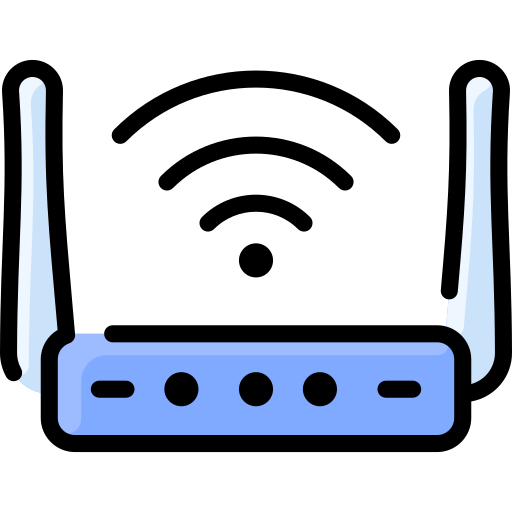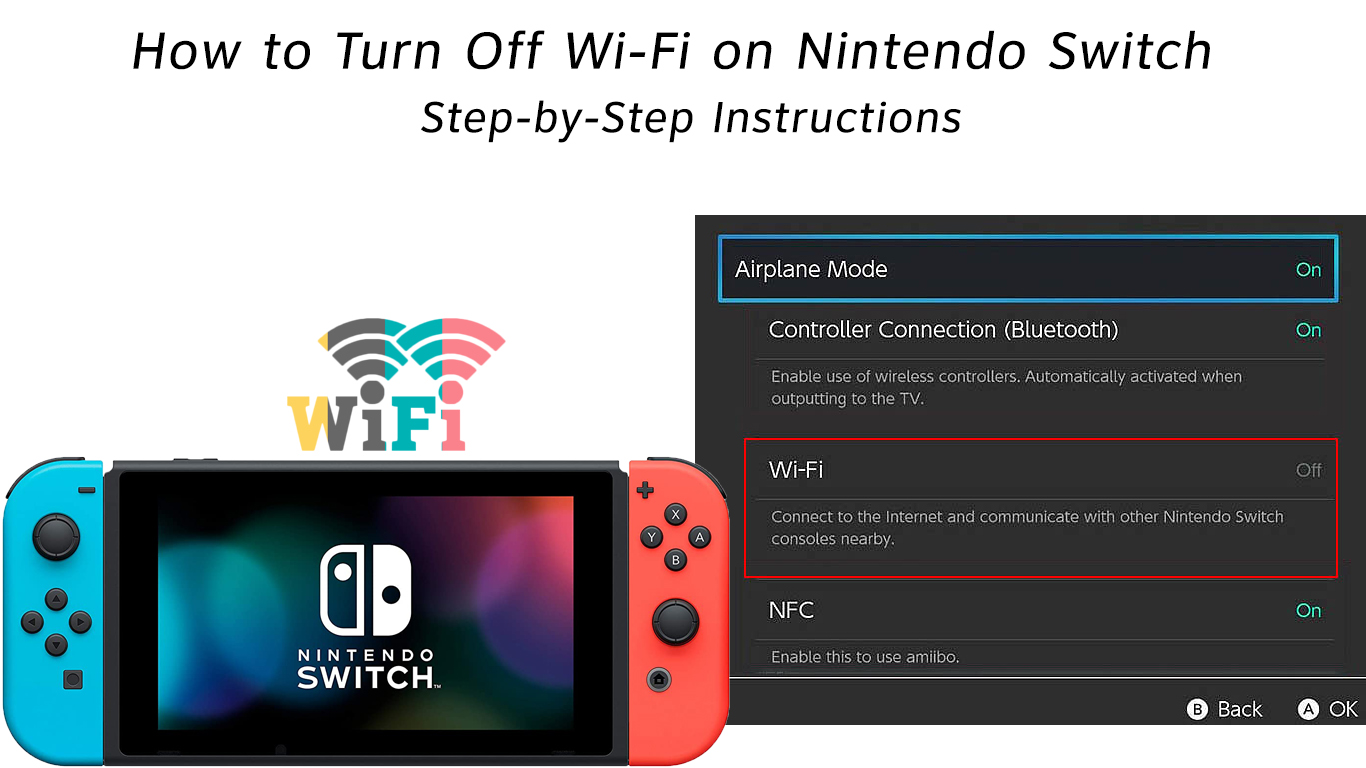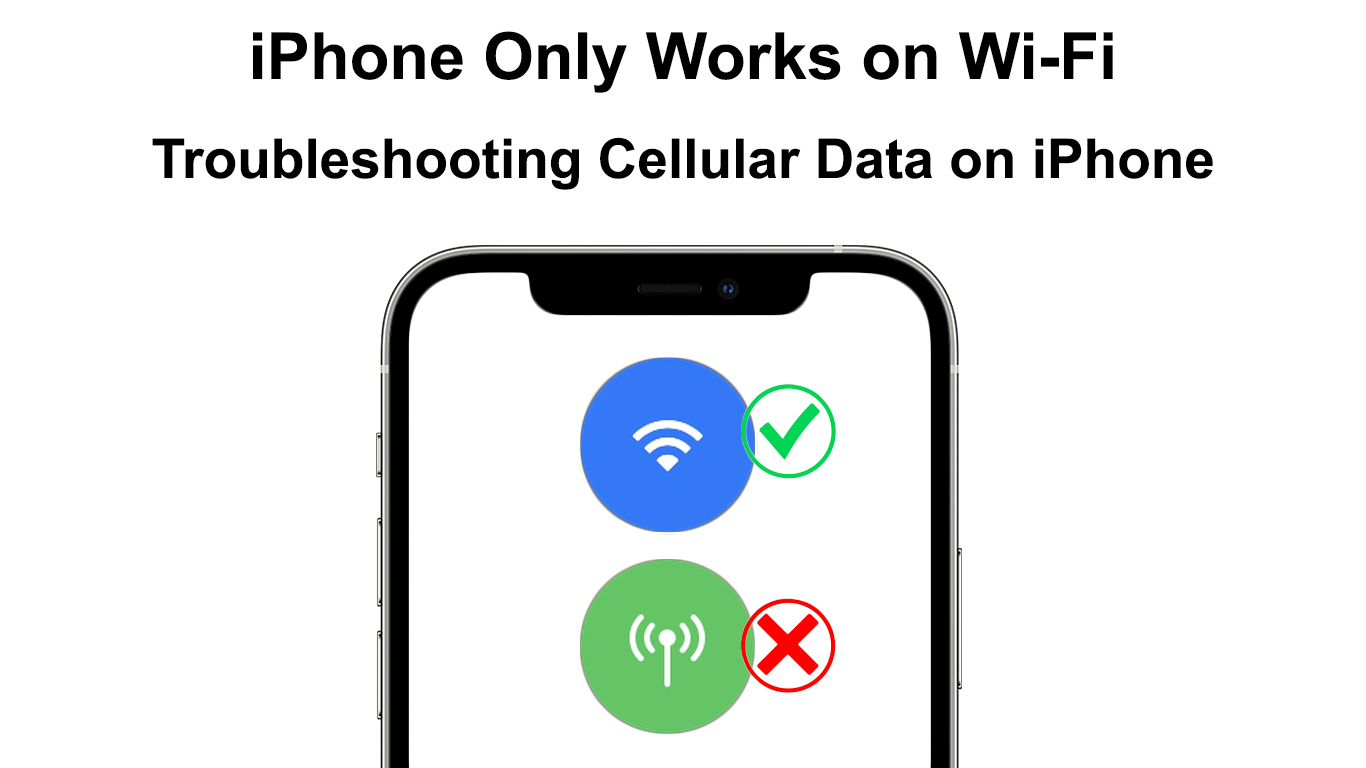- Discover Everything You Need to Know About 192.168.16.1
- Why Do We Need IP Addresses?
- What Does an IP Address Look Like?
- What Kinds of IP Addresses Are There?
- What Kind of Address is 192.168.16.1?
- Can This Address Be A Default IP Address?
- What Devices Use 192.168.16.1 as a Default IP?
- Is This Address My Default IP Address?
- What Can I Do with My Default IP Address? How to Use 192.168.16.1 as a Default IP?
- How to Change the Network Name and Wi-Fi Password on LB Link Routers
- Change Your Password with Ease
- Can 192.168.16.1 be a Client IP?
- How to Assign 192.168.16.1 as a Static IP
Discover Everything You Need to Know About 192.168.16.1
Why Do We Need IP Addresses?
Have you ever wondered why every device connected to a network needs an IP address? Just like a phone number or a street address, an IP address is essential for communication. Without it, devices wouldn’t be able to send or receive data. In this article, we’ll explore the ins and outs of IP addresses and delve into the world of 192.168.16.1.
What Does an IP Address Look Like?
IP addresses are defined by protocols, with IPv4 being the most commonly used. Each IP address consists of 32 bits, divided into octets. We perceive IP addresses as four numeric values separated by dots. For example, 192.168.16.1 is a valid IP address, while 258.168.2.5 is not. To better understand IP addresses, check out the image below:
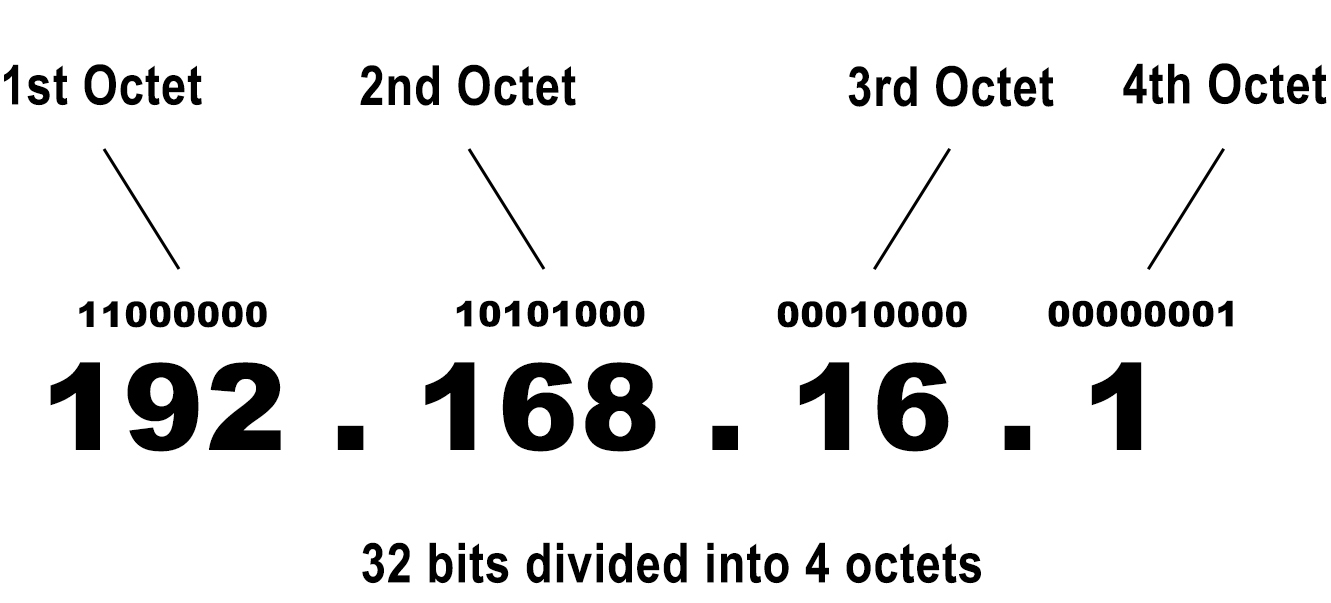
What Kinds of IP Addresses Are There?
IP addresses can be classified in various ways. There are five classes (A to E), each serving a different purpose. Additionally, IP addresses can be private or public, as well as static or dynamic. Let’s start with the classes:
| Class | Size | Purpose |
|---|---|---|
| A | Large | Reserved for networks with numerous clients |
| B | Medium | Reserved for medium-sized networks |
| C | Small | Reserved for small networks |
| D | N/A | Reserved for multicast purposes |
| E | N/A | Reserved for experimental purposes |
Based on their application, IP addresses can be private or public. Private addresses are used within local area networks, while public addresses are visible online. Your devices connected to your home Wi-Fi network have private IP addresses, while websites and servers have public IP addresses.
Now, let’s talk about the purpose of private addresses. With the increasing number of devices connected to the internet, unique IP addresses are becoming scarce. Private addresses allow for the reuse of IP addresses on multiple networks, prolonging the use of the IPv4 protocol.
Every device connected to your Wi-Fi network, including your router, has a private IP address. Your router also has a default IP address, which is used for communication within your home network. However, for internet access, your devices use your router’s public IP address assigned by your internet provider.
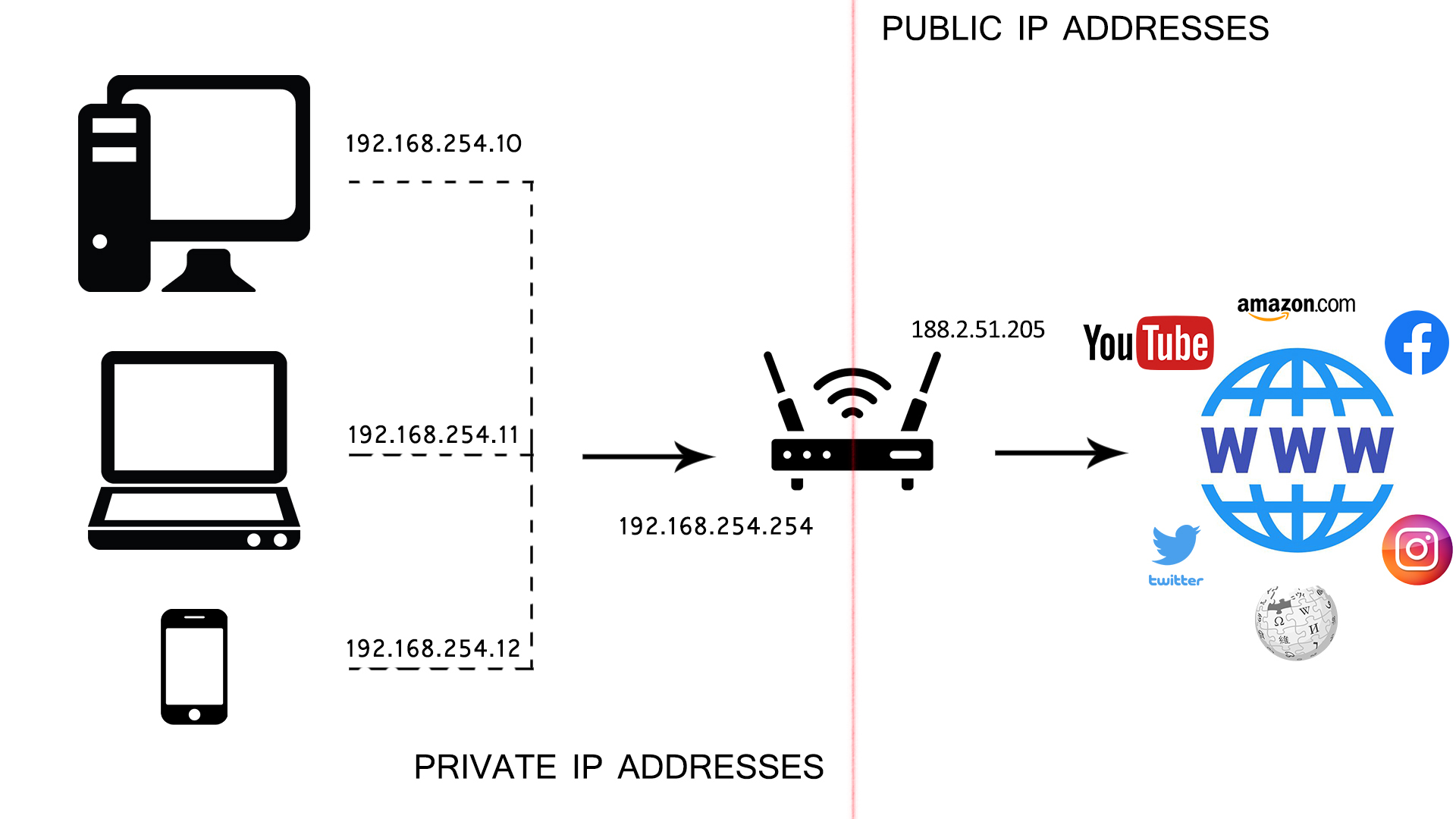
Now that you have a better understanding of IP addresses and the significance of 192.168.16.1, you can navigate the world of networks with confidence. Remember, IP addresses are the backbone of communication in the digital realm.
Similar Articles:
- 198.162.1.1
- 192.168.10.1 login
- 192.168.1.11
When you type in a web address and press Enter, your request is sent to your router. The router then uses a public IP address to access the DNS server and retrieve the information you requested. It’s a fascinating process that allows us to use private IP addresses for communication within our own network.
What Kind of Address is 192.168.16.1?
192.168.16.1 is the second IP address in the 192.168.16.0/24 subnet. It belongs to a reserved block of private IP addresses within the Class C. These addresses are used on smaller local area networks or LANs.
Can This Address Be A Default IP Address?
Yes, it can. Manufacturers often choose the starting or ending addresses in a subnet as the default IP address for their routers. Some popular choices include 192.168.0.1, 192.168.1.1, 10.0.0.1, 192.168.0.254, and 192.168.1.254. In the case of 192.168.16.1, it is the starting address of the 192.168.16.0/24 subnet, making it a good choice as a default IP address.
What Devices Use 192.168.16.1 as a Default IP?
While not commonly used, LB Link, a Chinese company, assigns 192.168.16.1 as the default gateway for some of its routers, access points, and range extenders. Examples of LB Link devices using this address include BL-W1200, BL-WDR4600, BL-WR4000, BL-310R, and BL-WR3000.
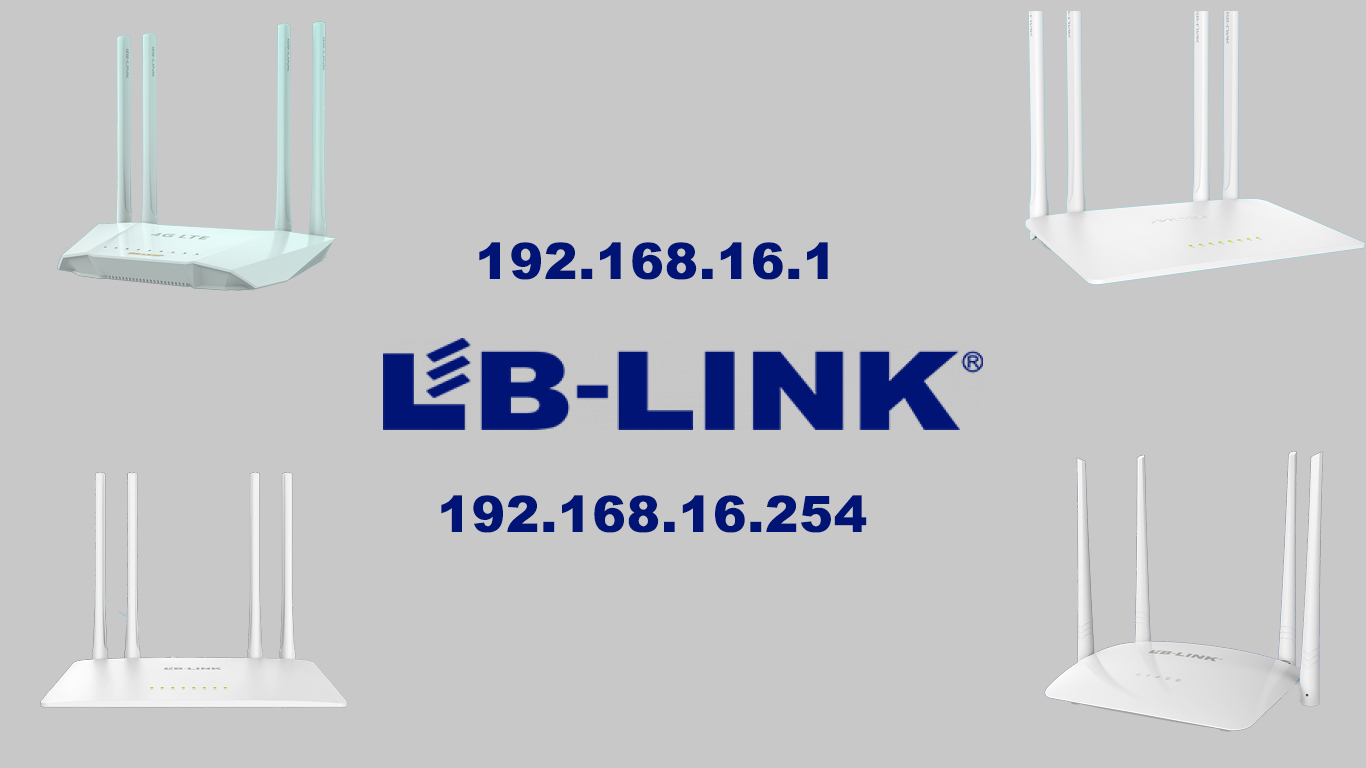
Is This Address My Default IP Address?
Unless you’re using one of the LB Link routers mentioned earlier, it’s unlikely that 192.168.16.1 is your default IP address. You can easily find your default IP address by checking the label on the bottom of your router or referring to the user manual. Alternatively, you can follow our guide to find your default IP address on various devices.
What Can I Do with My Default IP Address? How to Use 192.168.16.1 as a Default IP?
Your default IP address grants you access to your router’s configuration page. From there, you can monitor your network, change network settings, adjust QoS settings, configure firewalls, and more. One common task is changing the network name and password, which we’ll show you how to do on LB Link routers that use 192.168.16.1 as the default gateway.
How to Change the Network Name and Wi-Fi Password on LB Link Routers
To begin, type 192.168.16.1 into your browser’s address bar.
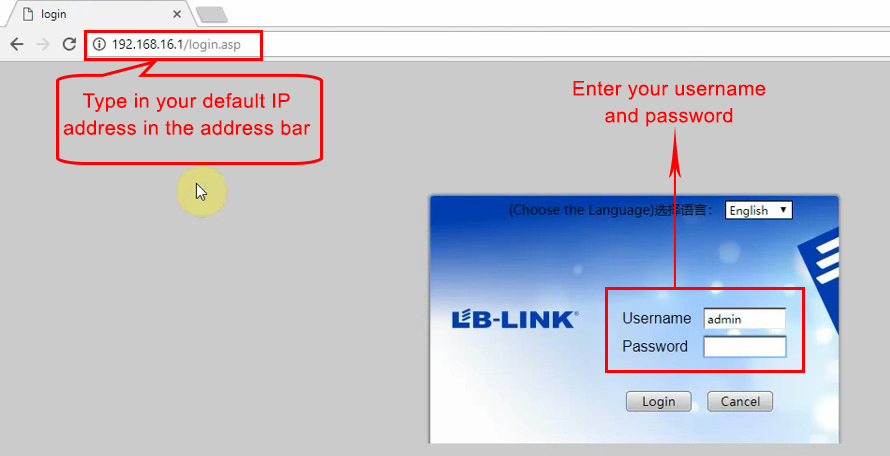
Enter the username and password in the Login window. If it’s your first time accessing the page, use the default username and password (admin/admin for most LB Link routers). If you’ve changed the defaults and can’t remember your credentials, you’ll need to reset your router. Keep in mind that resetting your router will erase any previous changes you’ve made.
After logging in, the status window will appear. If it’s your first time accessing the Configuration page, you may need to select the operation mode and go through the initial settings.
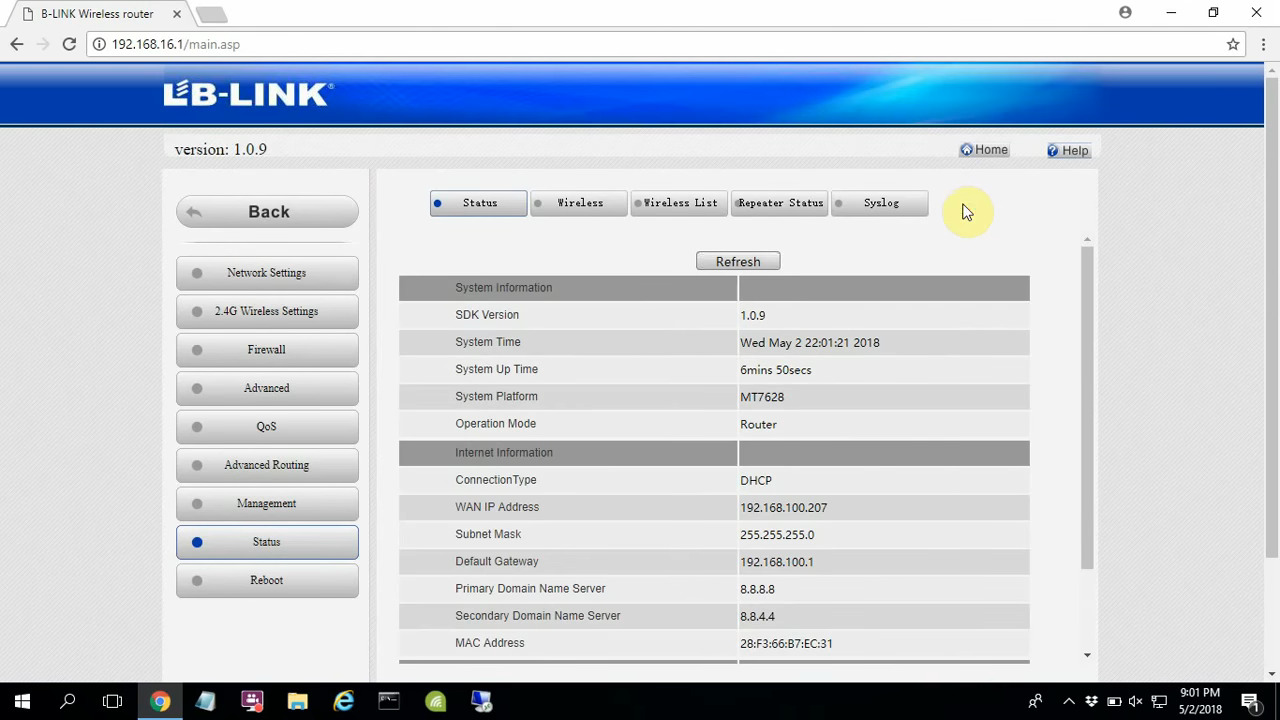
LB Link router status window
To change the network name and password, select the 2.4G settings (or 5G settings) tab on the left.
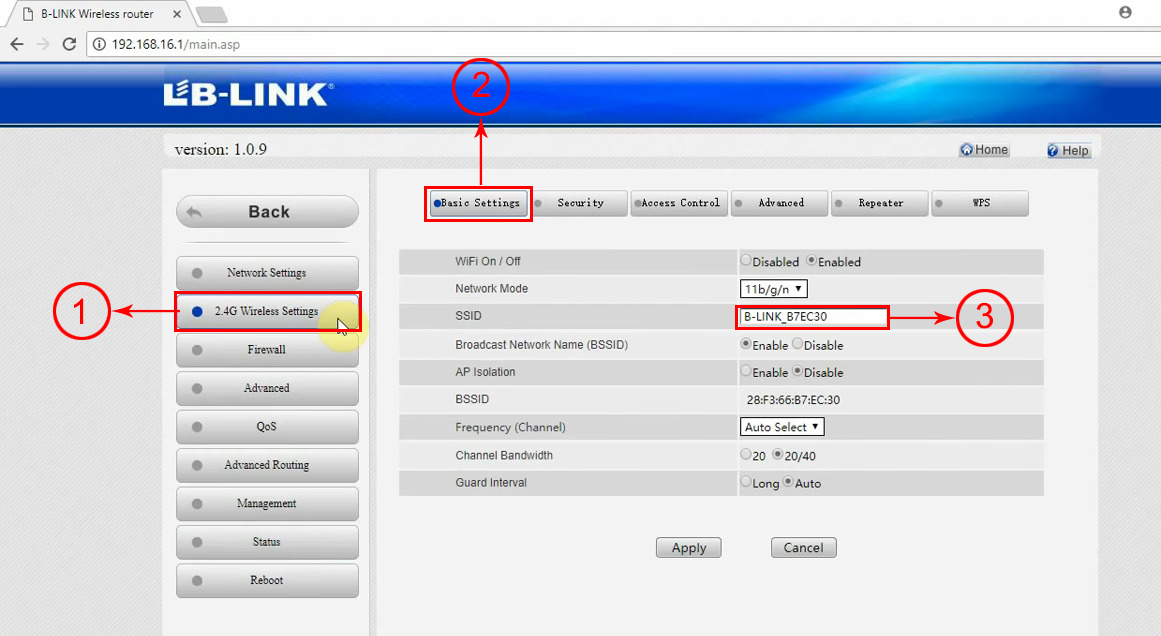
In the 2.4G settings, go to the Basic tab and enter the desired network name in the SSID textbox. Click Apply once you’ve entered the name.
Change Your Password with Ease
To change your password, simply follow these steps:
- Go to the Security tab.
- Select WPA2-PSK as the security mode.
- Enter your desired password.
- Click Apply.
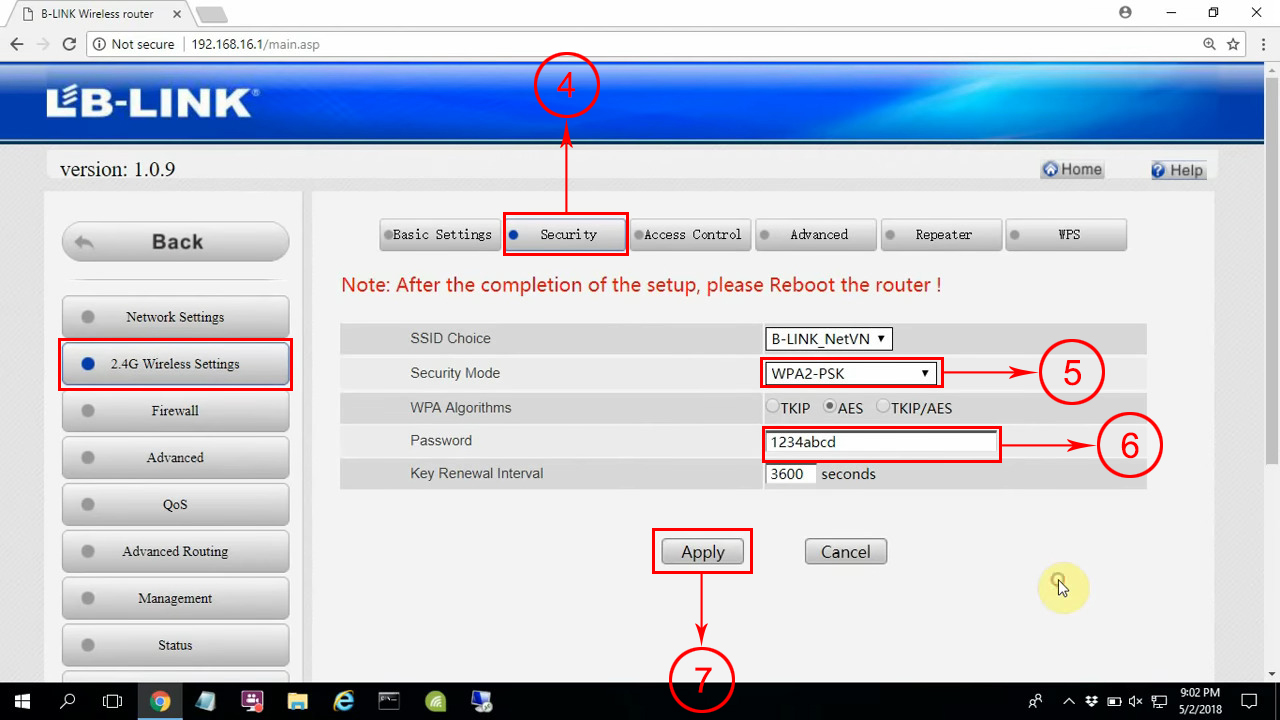
Once you’ve updated your network name and password, don’t forget to reboot your router. The changes will take effect after the reboot.
Can 192.168.16.1 be a Client IP?
Believe it or not, 192.168.16.1 can actually be a client IP address! Although it’s not very common, this IP address can be assigned to some of your devices. To make this possible, you’ll need a router with the default IP address from the same 192.168.16.0/24 subnet. For example, LB Link routers often use 192.168.16.254 as their default IP. If the router has a DHCP pool that includes 192.168.16.1, then it can be assigned to a device and become a client IP address.
It’s important to note that client IP addresses can be either dynamic or static. Dynamic addresses are assigned automatically without your intervention and are leased to a device. When the lease time expires and the device is no longer connected, the address is returned to the DHCP pool and can be assigned to another device. On the other hand, if you want an IP address to be permanently assigned to a specific device, you’ll need to assign it manually and make it static.
How to Assign 192.168.16.1 as a Static IP
If you’re using an LB Link router with the default IP address of 192.168.16.254, you can assign 192.168.16.1 as a static IP by following these steps:
- Log in to your router.
- Go to network settings and select the DHCP server.
- Enable the DHCP server and adjust the scope to include 192.168.16.1 as the starting IP address.
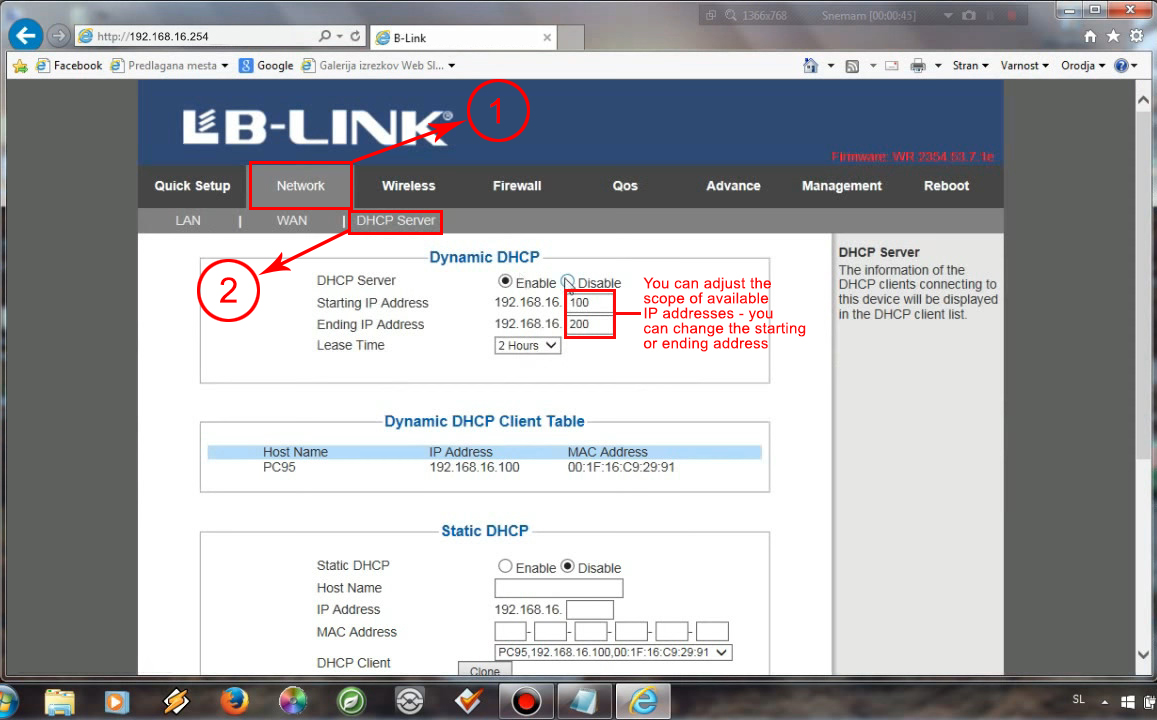
Once you’ve adjusted the DHCP pool, scroll down to the Static lease tab or Static DHCP tab. Enter the required data, including the device’s hostname, MAC address, and the IP address you want to assign to it. After entering all the necessary information, click Apply and log out.
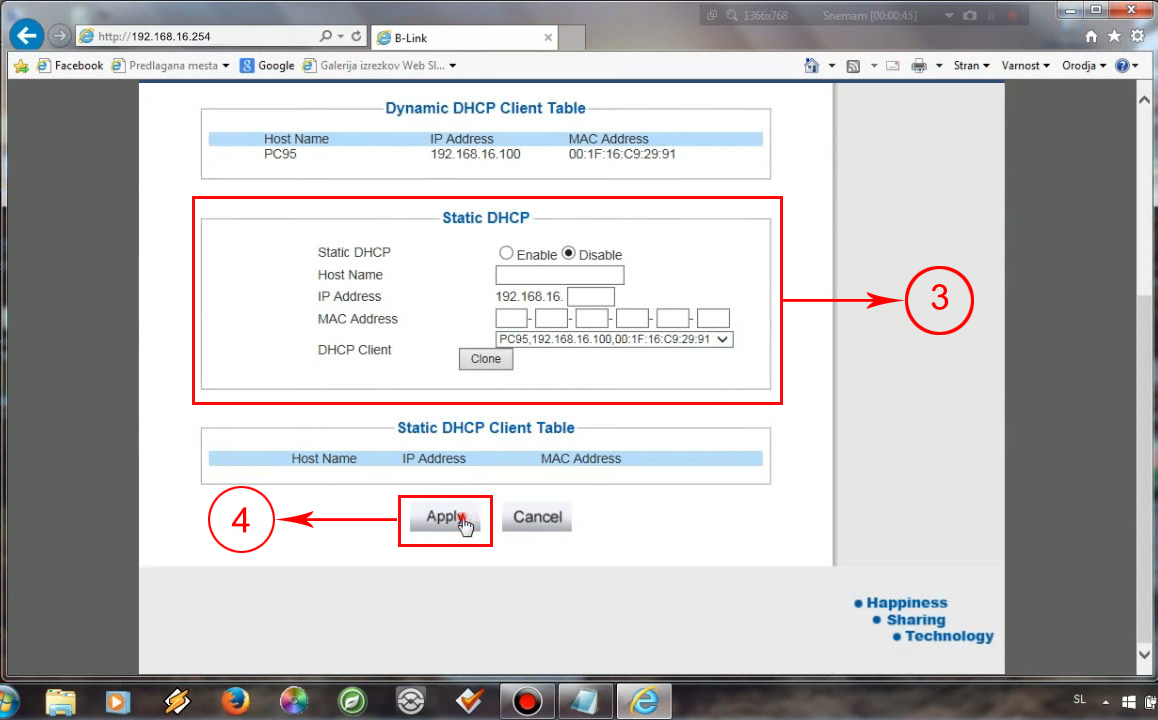
When you connect your device to your Wi-Fi network next time, it will be assigned the IP address you specified.
